The launch of Lego Builders Journey today marks the coming of the first Unity-based title with real-time ray-tracing. The game uses ray-tracing to render the bulk of its lighting including shadows, reflections, ambient occlusion, and global illumination. It also leverages DLSS 2.2, the latest iteration of the upsampling technology to improve performance and actually allow gamers to take advantage of ray-tracing. In this post, we have a look at the various ray-tracing lighting effects used by Lego Builders Journey and see if DLSS has finally caught up with its native counterpart or not.
DLSS 2.2 in Lego Builders Journey
You can find the original uncompressed shots here


In some stills, it’s nearly impossible to tell the difference between DLSS 2.2 and the native resolution. Even the performance preset holds up really well:

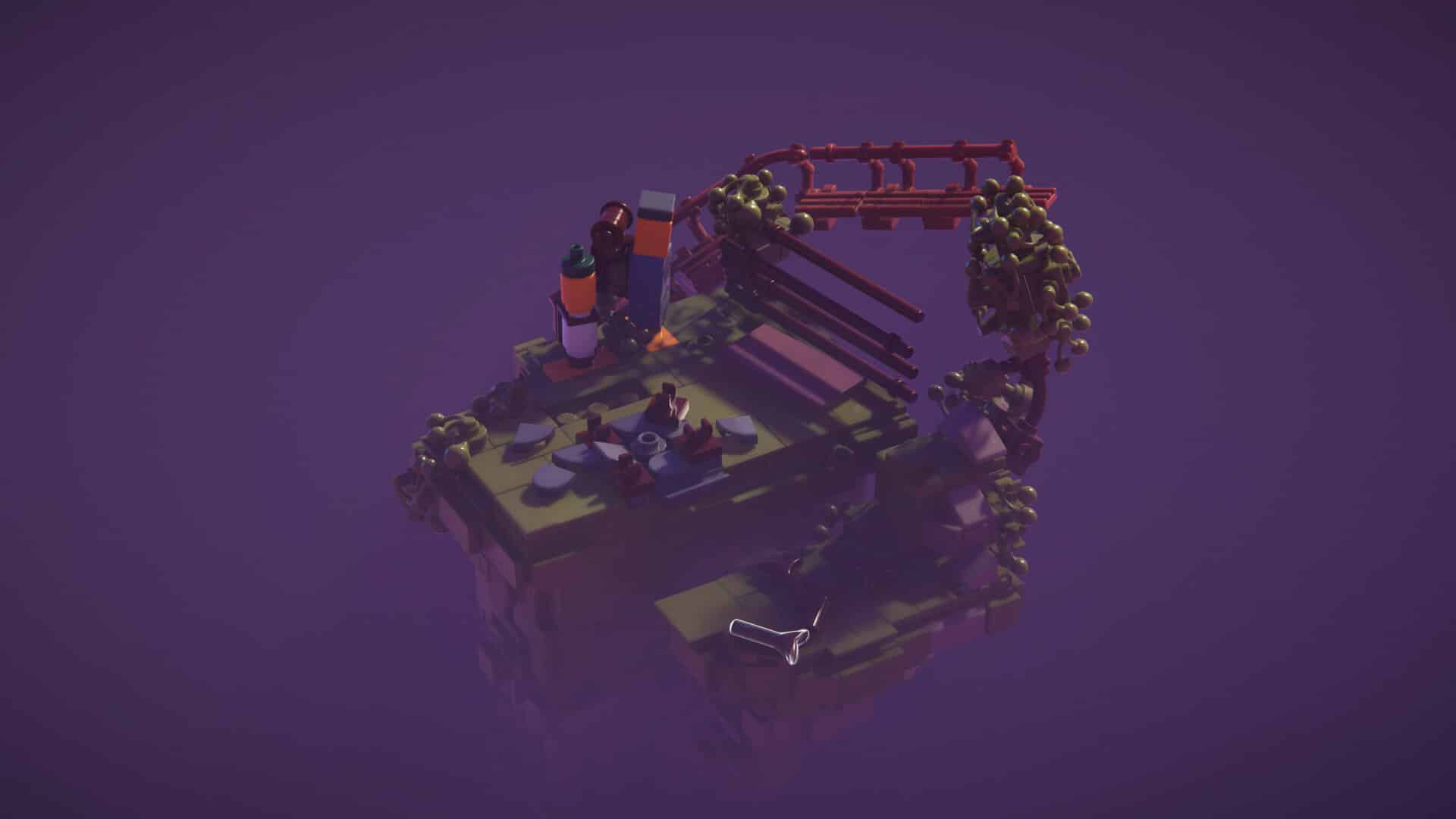
In certain well-lit scenes, DLSS does, however, still have a slightly adverse effect on visual fidelity. Moreover, it also causes a bit of temporal aliasing, resulting in white lines on most object boundaries:

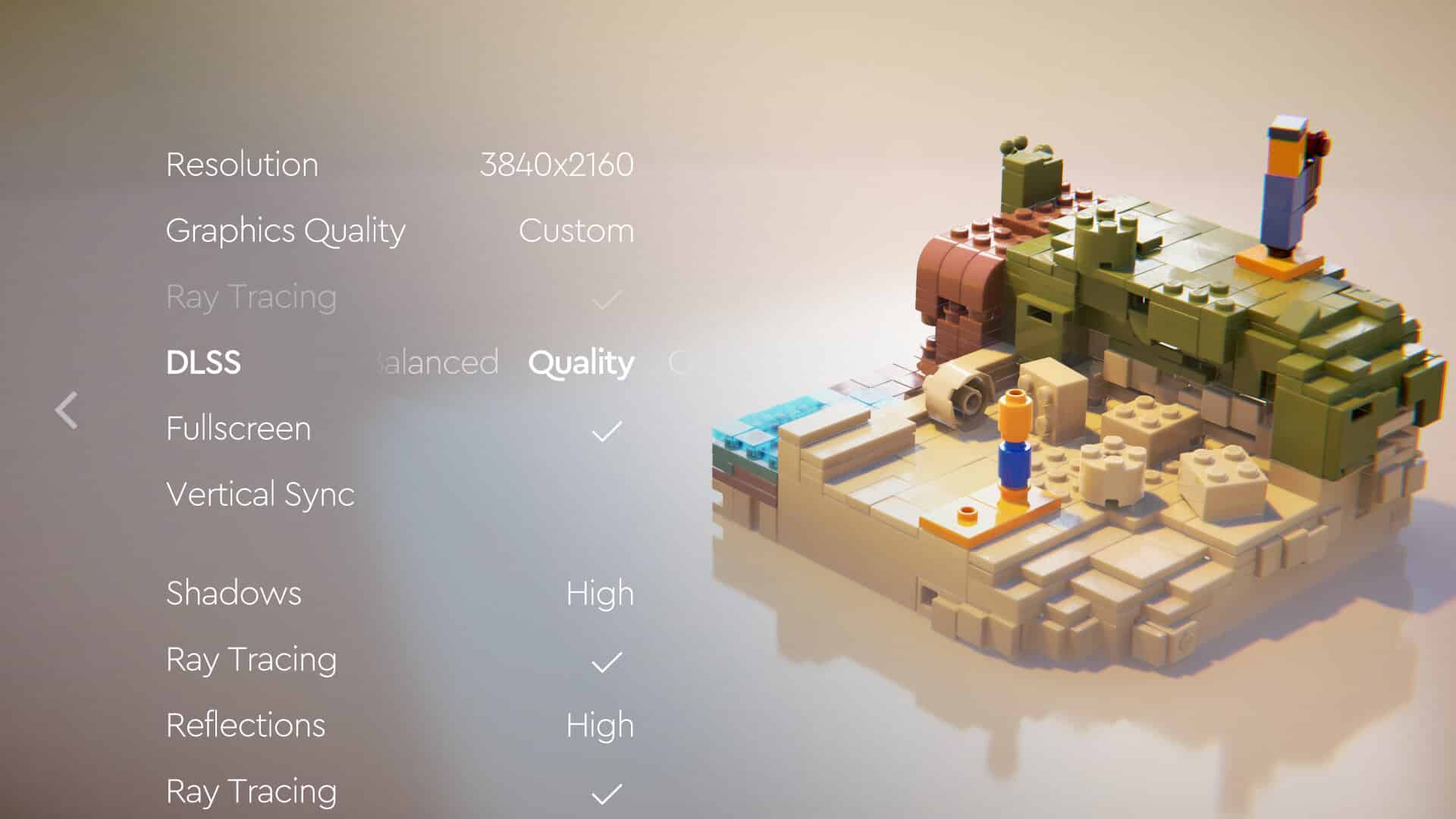
This may be due to the fact that the game doesn’t use a denoiser for the ray-traced reflections and similar to Amid Evil, DLSS handles most of the denoising. However, in some cases, the DLSS shots seem much noisier than native with a fair bit of shimmer:
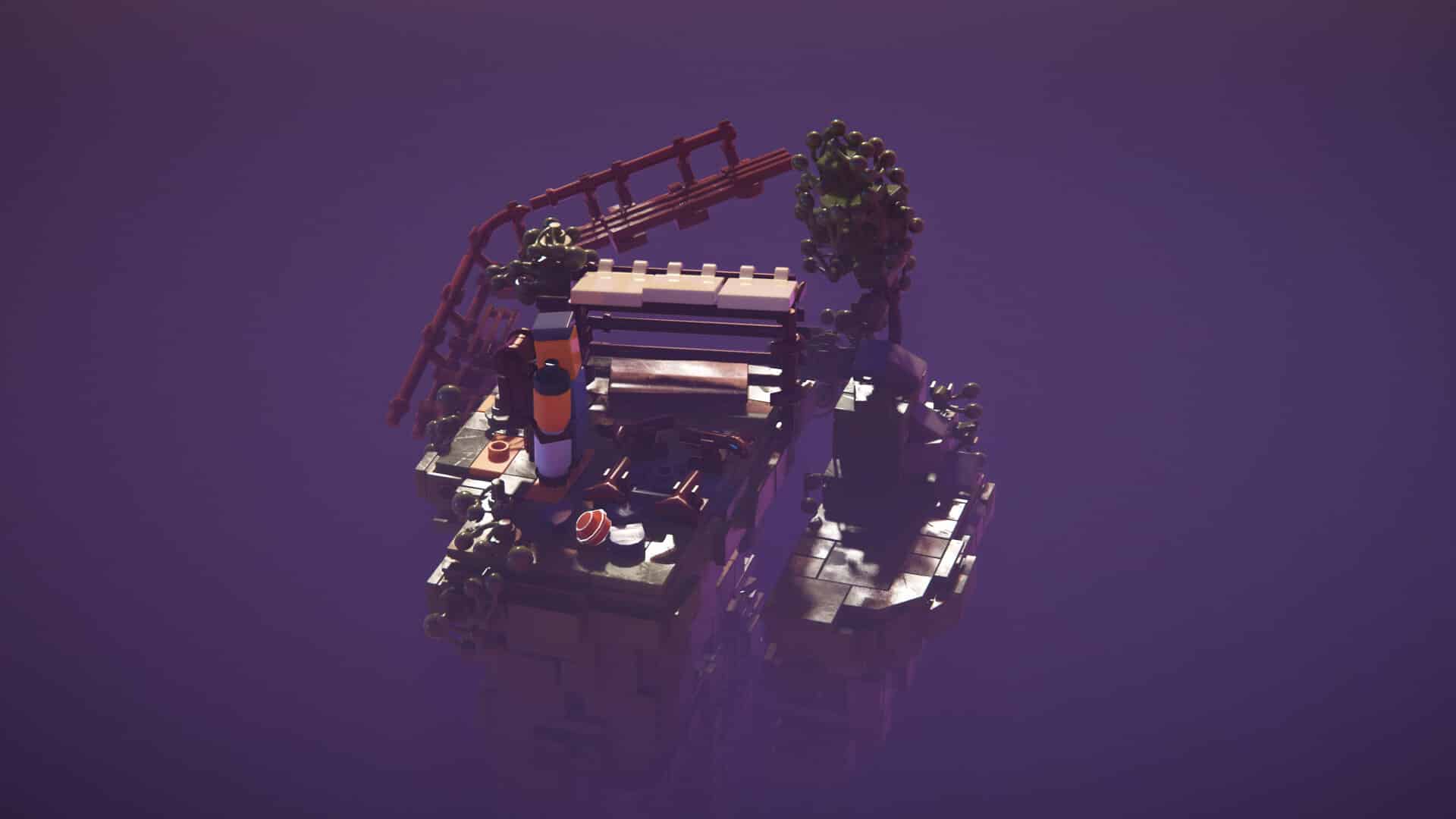
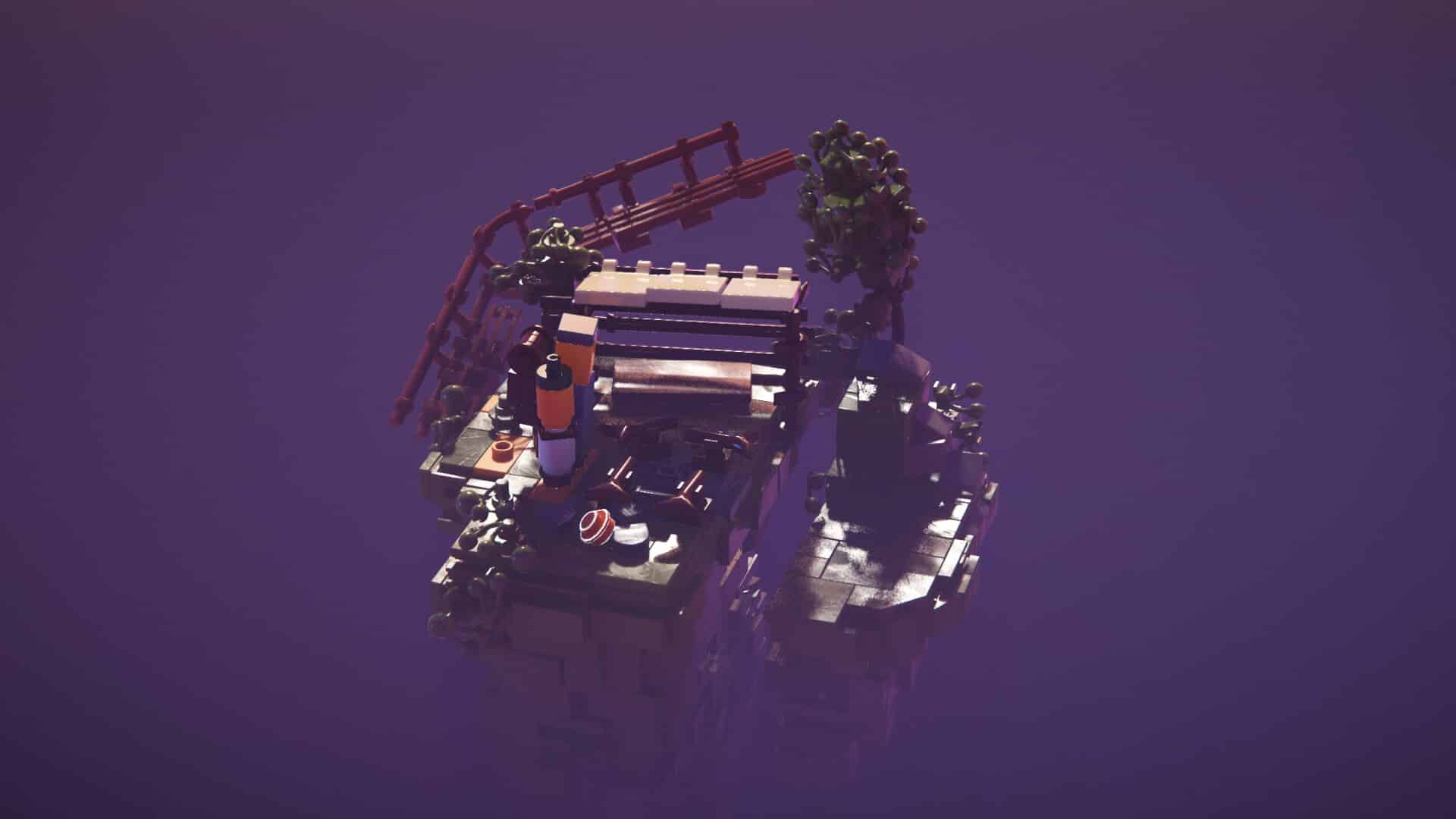
DLSS 2.2’s greatest feat is how it improves the quality of the lower resolution presets. DLSS performance which upscales 1080p input with temporal feedback from the previous frame to 4K looks pretty much the same as the quality preset, all the while being three times faster than native:
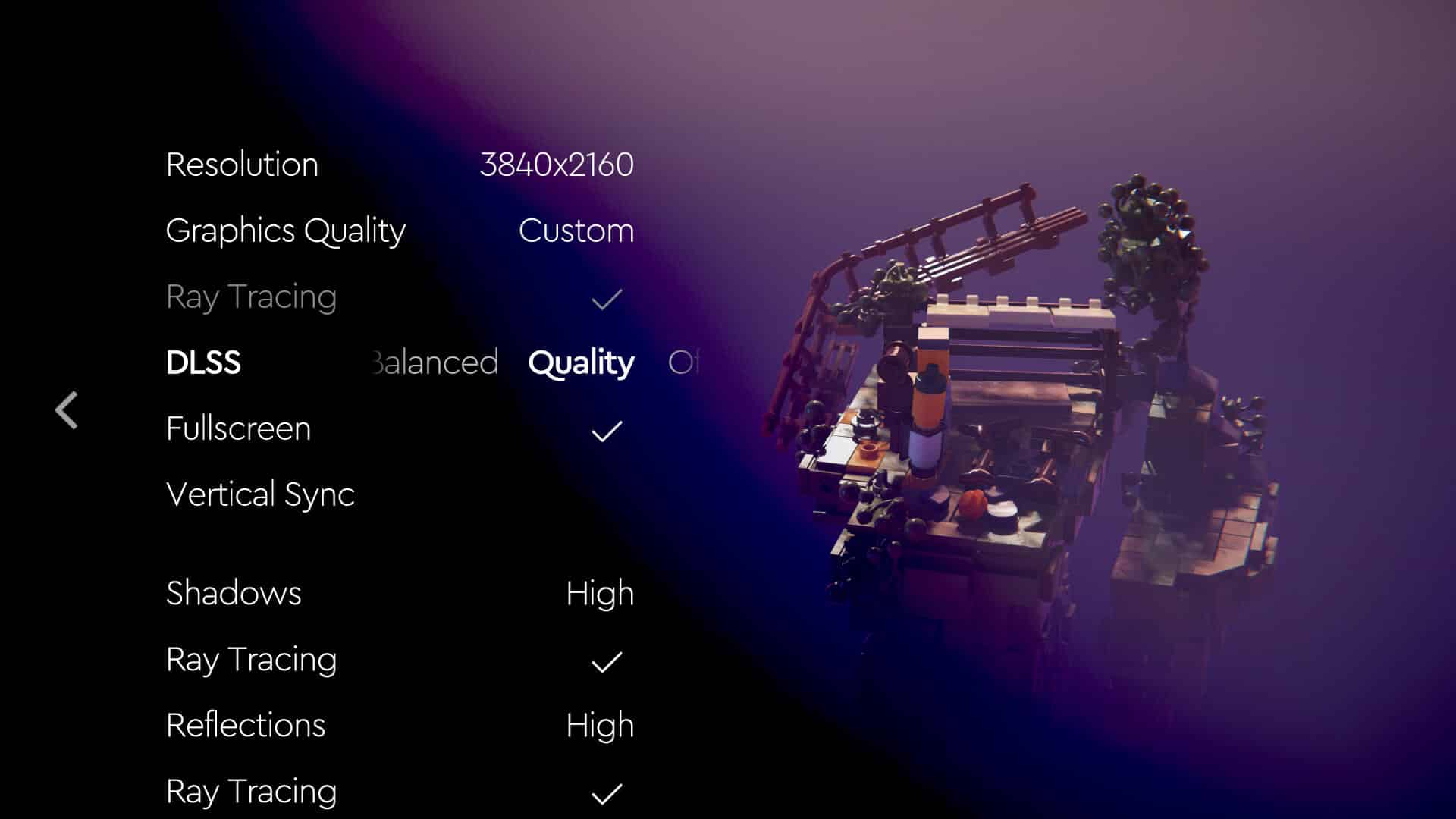
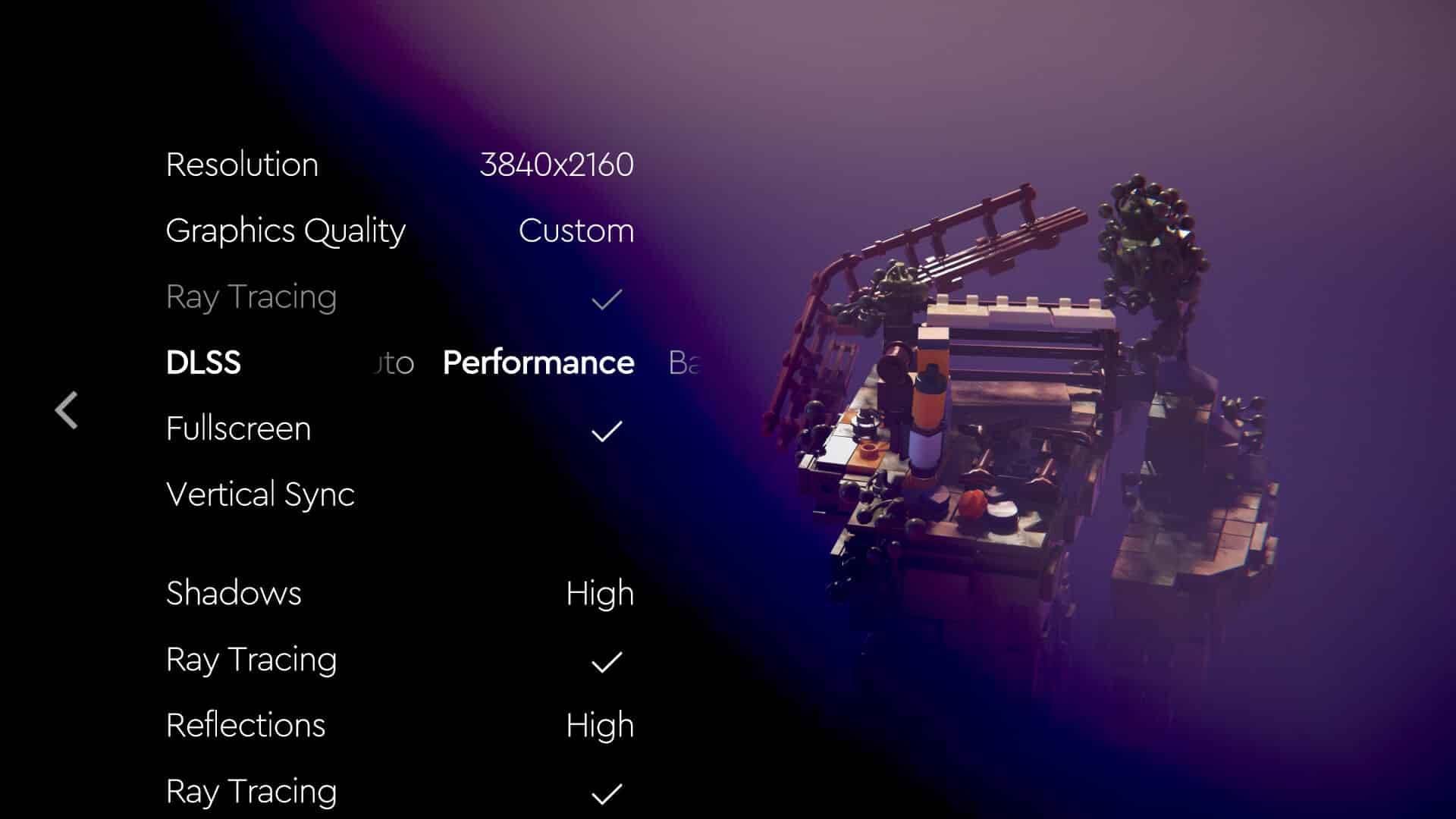
Here’s a look at native compared to DLSS Performance. Pretty incredible if you consider the fact that the image on the right is rendered at a quarter of the original resolution and still looks almost indistinguishable from the ground truth.
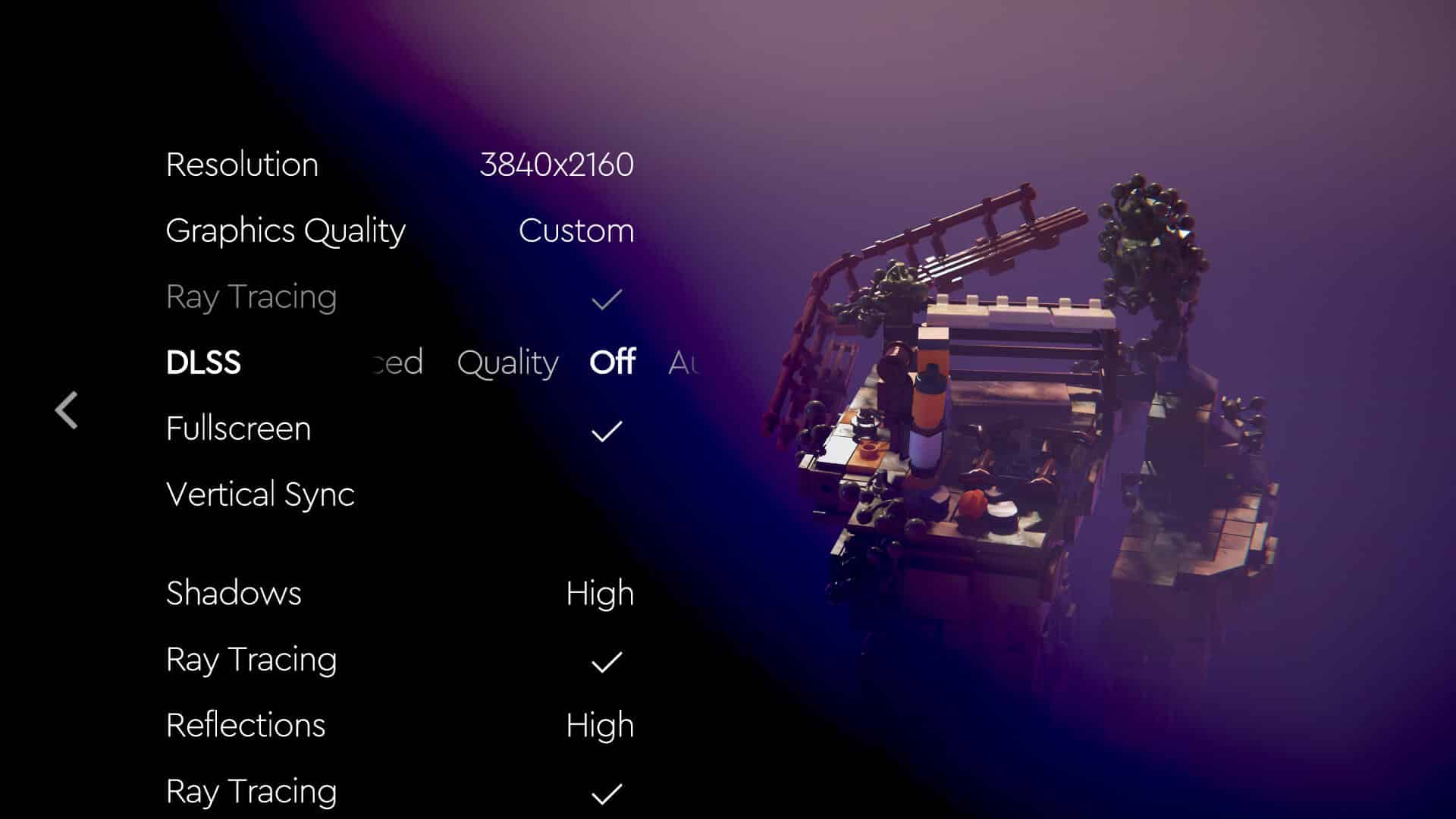

Another side-effect of DLSS 2.2 in this game is that it “hallucinates” extra light on the edges, making it look as if it’s bleeding additional light into the scene. I’m not sure whether this is due to the temporal info retained from the previous frame or just something that the convolution network suffers from. Again, very similar to what we saw in Amid Evil:
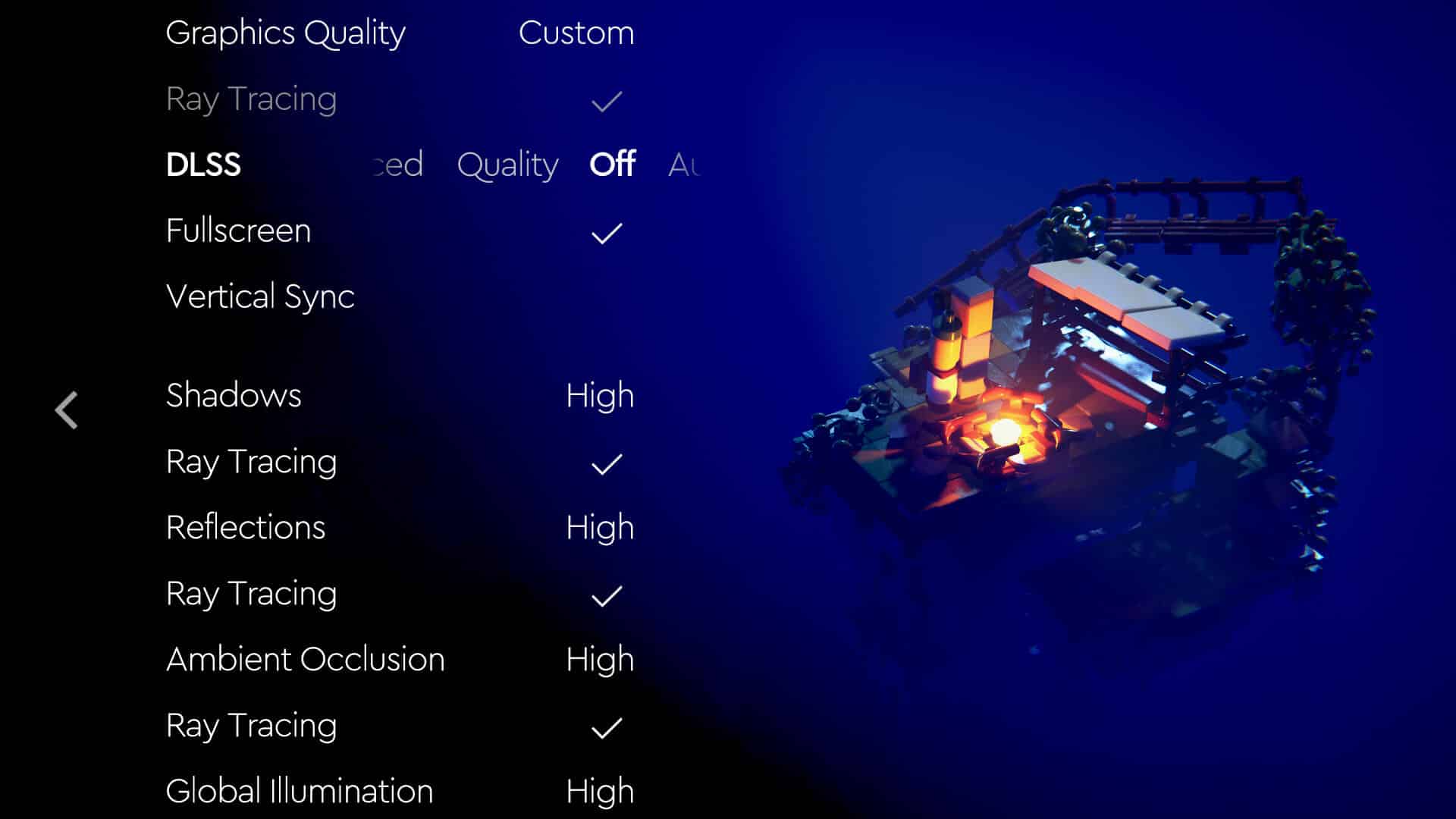
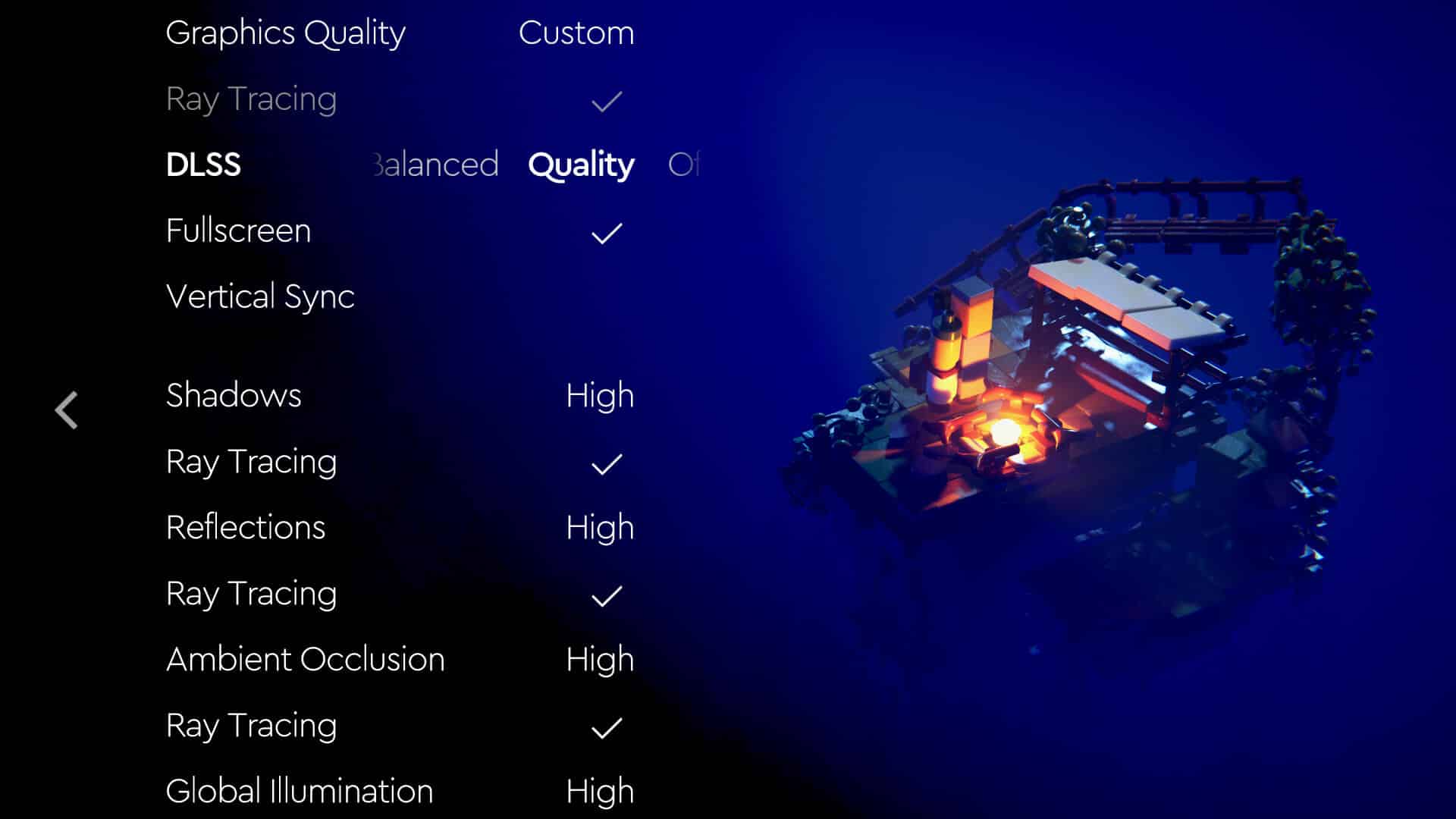
This is mainly noticeable at night in the absence of a bright “global” light source.
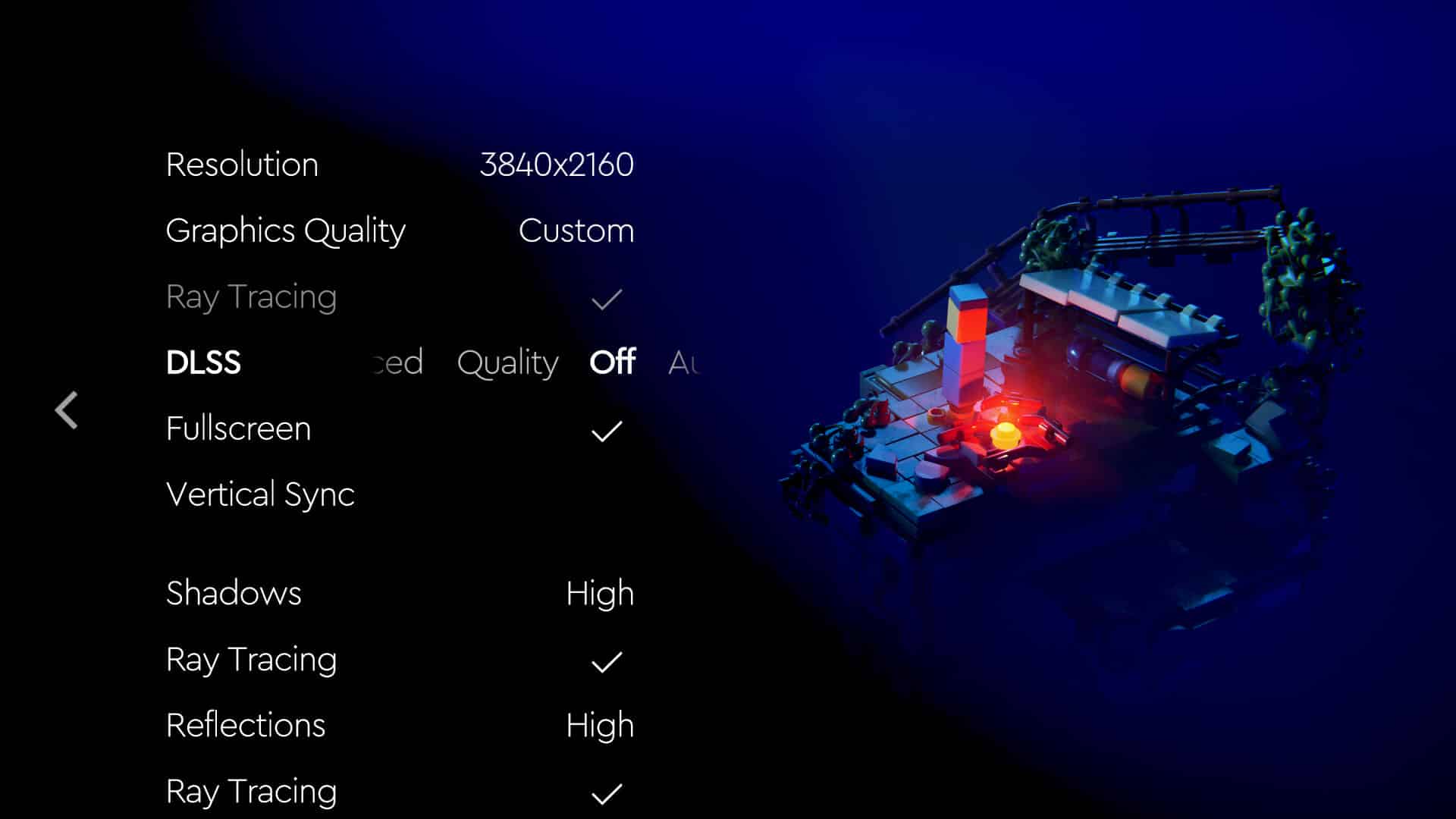
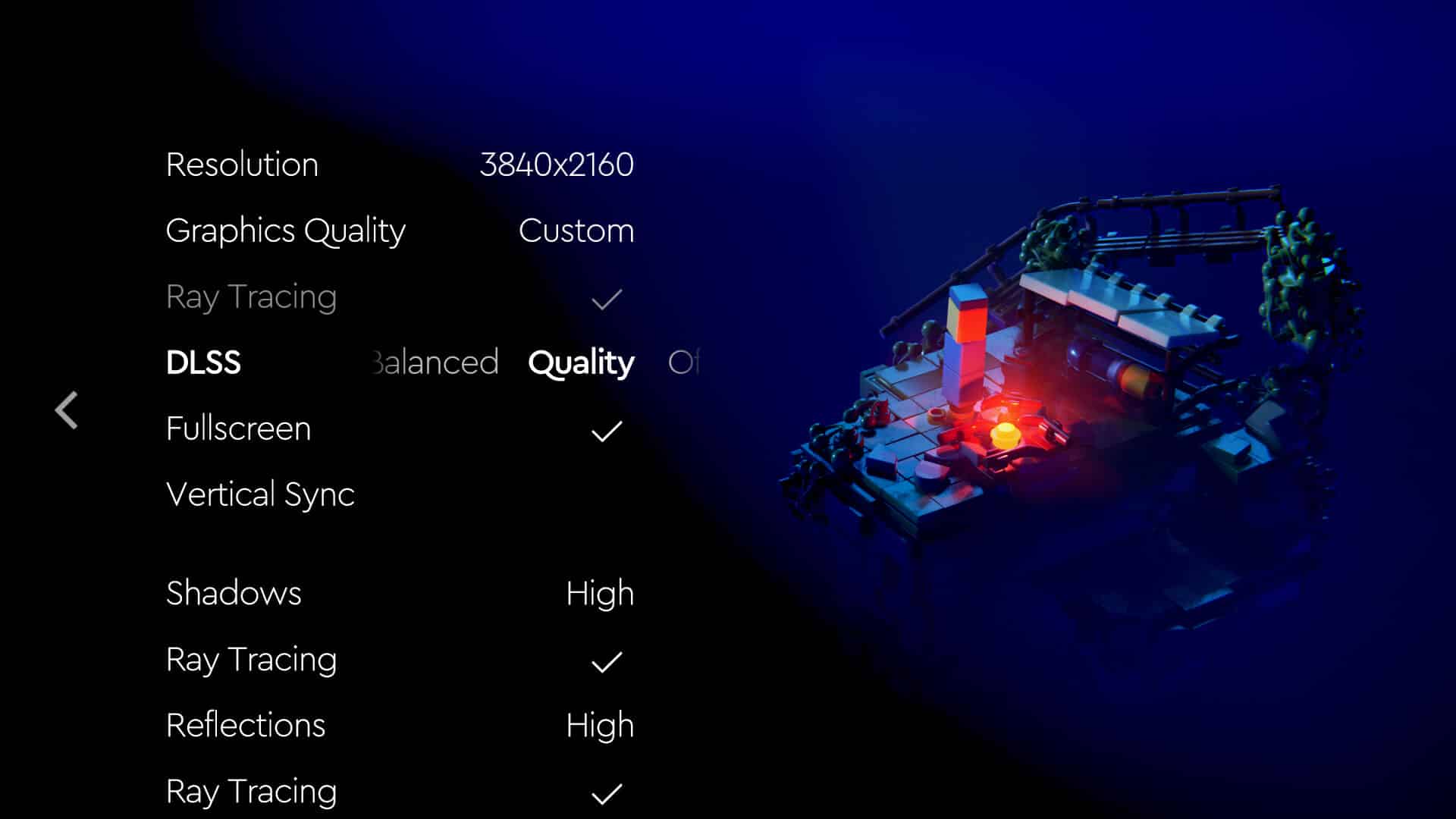
For a look at ray-traced reflections, shadows, AO and GI, move onto the next page…
Ray-Traced Reflections, Shadows, AO, and Global Illumination
You can find the original uncompressed shots here

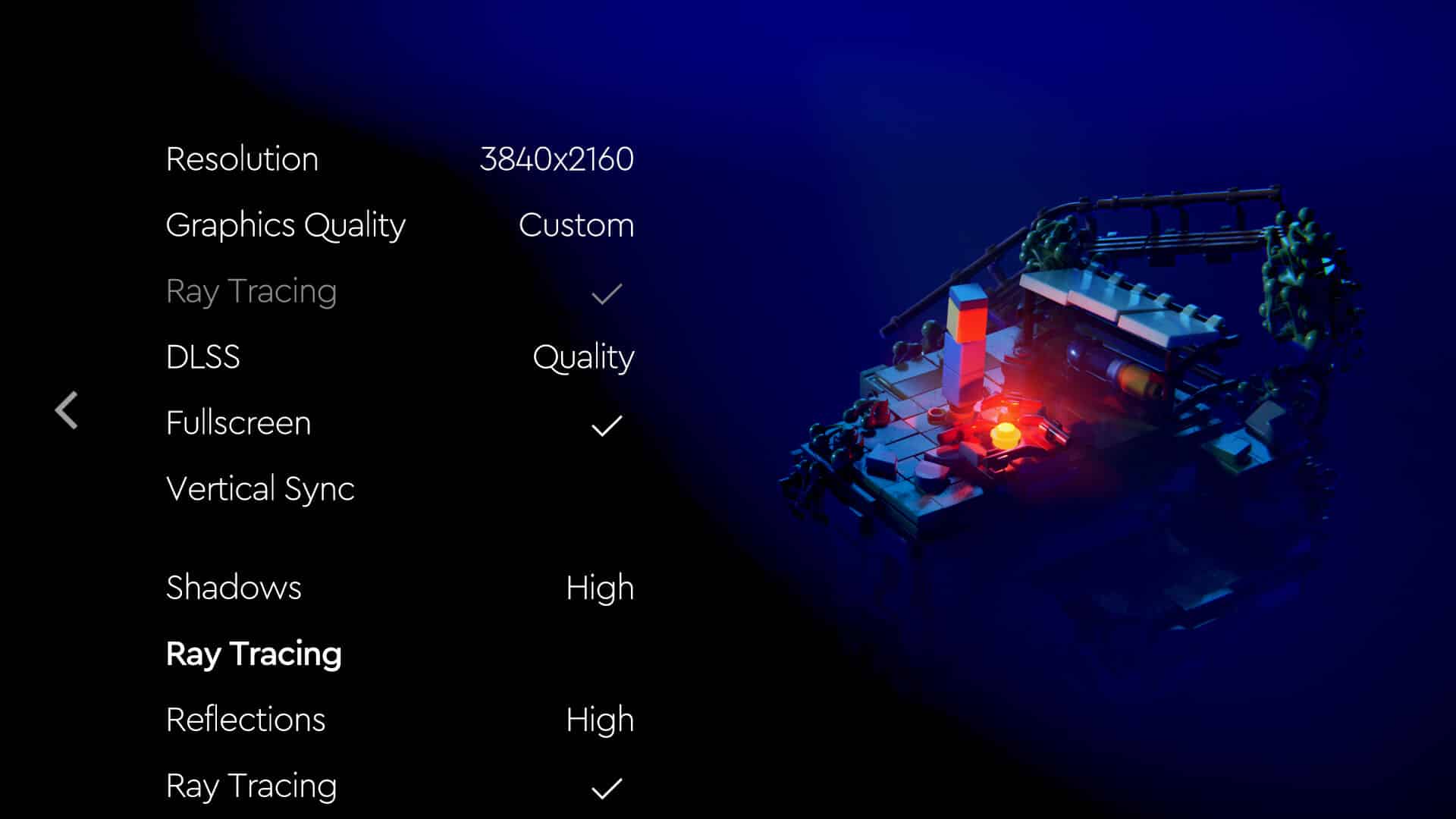
The impact of ray-traced shadows on both quality and performance is quite subtle. They basically make the shadows sharper and more detailed and can have an almost unnoticeable impact on visual fidelity in some cases. As always, ray-traced reflections have the most obvious impact on quality:


It’s worth noting that while the baked-in (cube-mapped) reflections do account for a number of rather glossy reflections without RT, they’re quite inaccurate and don’t account for the dynamic lighting present in the scene. Most notably, areas that should have been completely dark also cast reflections in the case of the former. In this particular scene, ambient occlusion has the most notable impact on quality due to the lack of sunlight in the scene.
In most well-lit scenes, RT reflections are easily the most prominent easily distinguished, even if you have screen-space reflections by default:
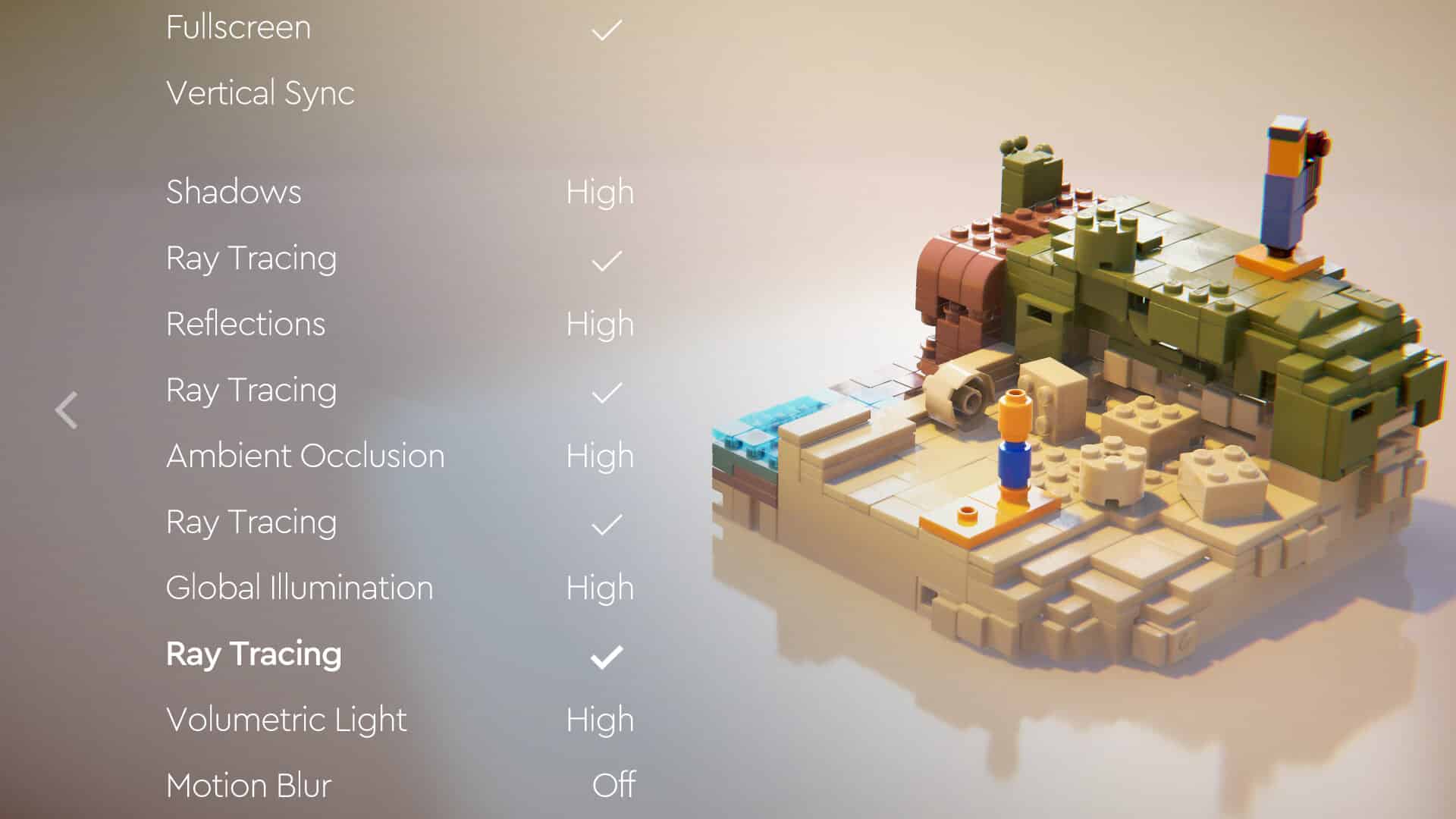
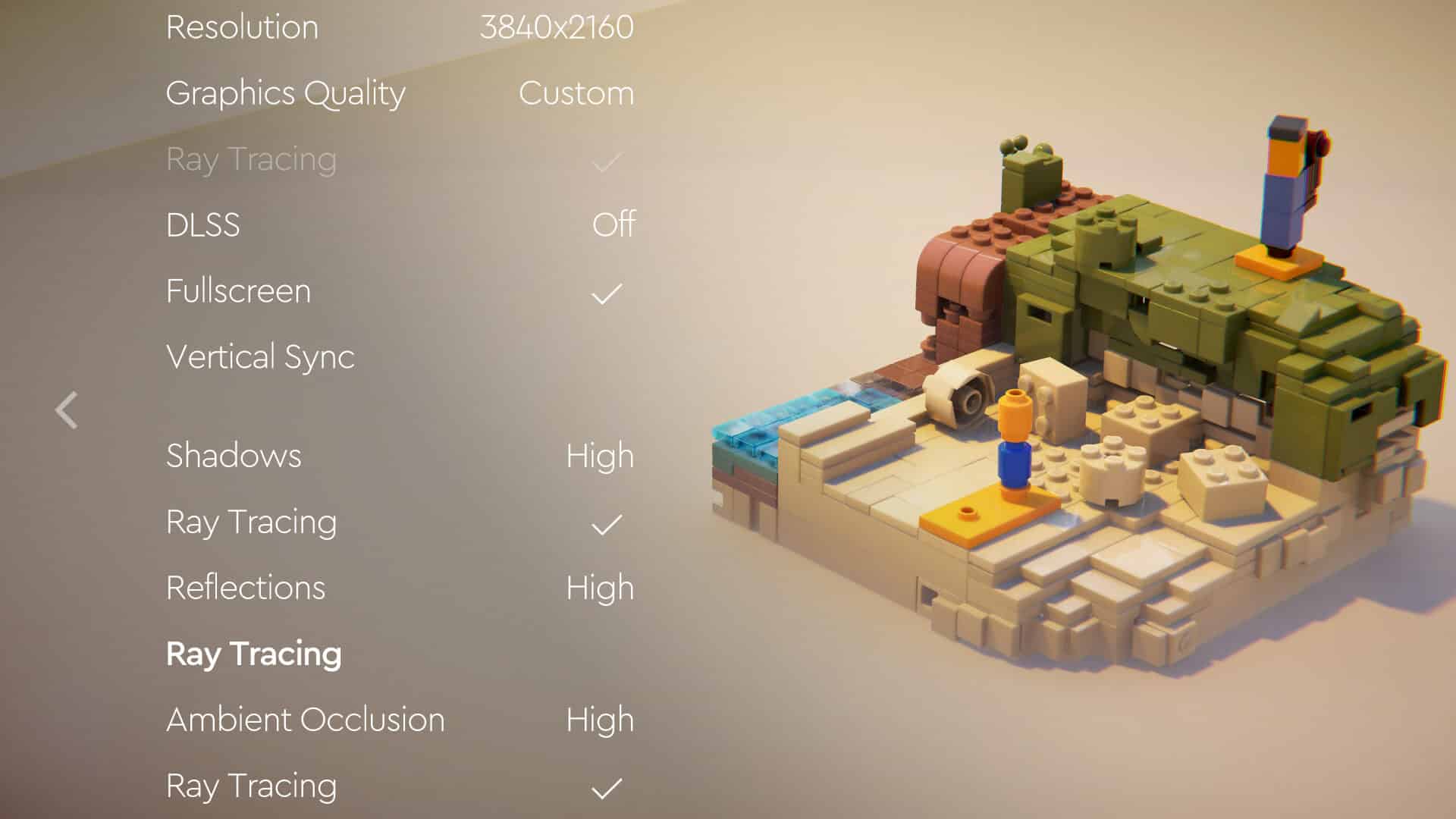
The blocks are quite glossy, and as a result, reflecting. Due to this, ray-traced reflections affect every aspect of the scene from the silhouette of the blocks to shadows (cast on the ground below the block structure) to the lighting and even transparency. Followed by reflections, ray-traced global illumination is the most noteworthy effect used in the game. The indirect bounces of light (diffuse/indirect lighting) lights up many nooks and crannies that would have otherwise been dim:

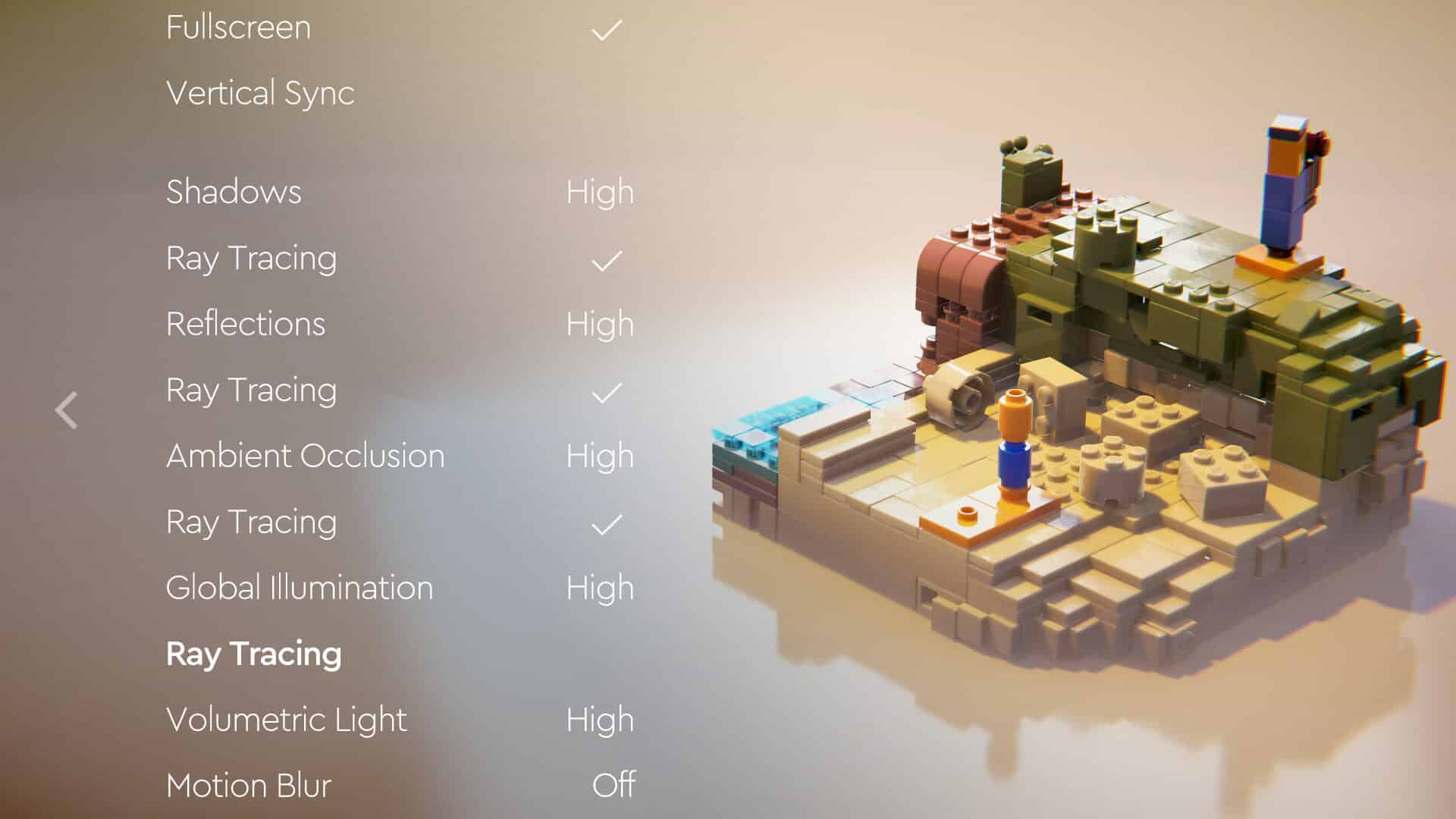
Since the blocks often result in a very irregular silhouette, global illumination lights up more surfaces than it usually would have. Ambient occlusion and shadows have a lesser impact and in most cases, the former basically offsets the excessive lighting in corners:
Ray-traced comparisons continue on the next page…
Due to the unique structure of this game, there are scenarios where reflections cease to make a difference and shadows become more important all of a sudden. You see this mostly at night time or in a scene with a lot of direct shadows:


And, here’s the shot without reflections. As you can see, the differences are hard notice due to the lack sunlight:


Global illumination and ambient occlusion have similarly, subtle but worthwhile impacts on the lighting of the scene:
An example where RTGI has a quite drastic impact on the lighting can be seen below. In this case, RTAO can be ignored as it simply adds an additional layer of shade over an already shaded scene.
Despite the lack of daylight in the scene, RT reflections have a fairly appreciable impact on image quality by reflecting the edges and silhouettes of blocks:


It’s worth noting that since reflections aren’t using a denoiser, they introduce a fair bit of noise if you don’t DLSS alongside them:


Here’s another scene where shadows and RTGI has a quite noticeable impact on the lighting:
And another:


Let me know if you’d like to see the performance stats for this title. I decided to leave them out as they’re quite frankly inconsequential in a game like this.

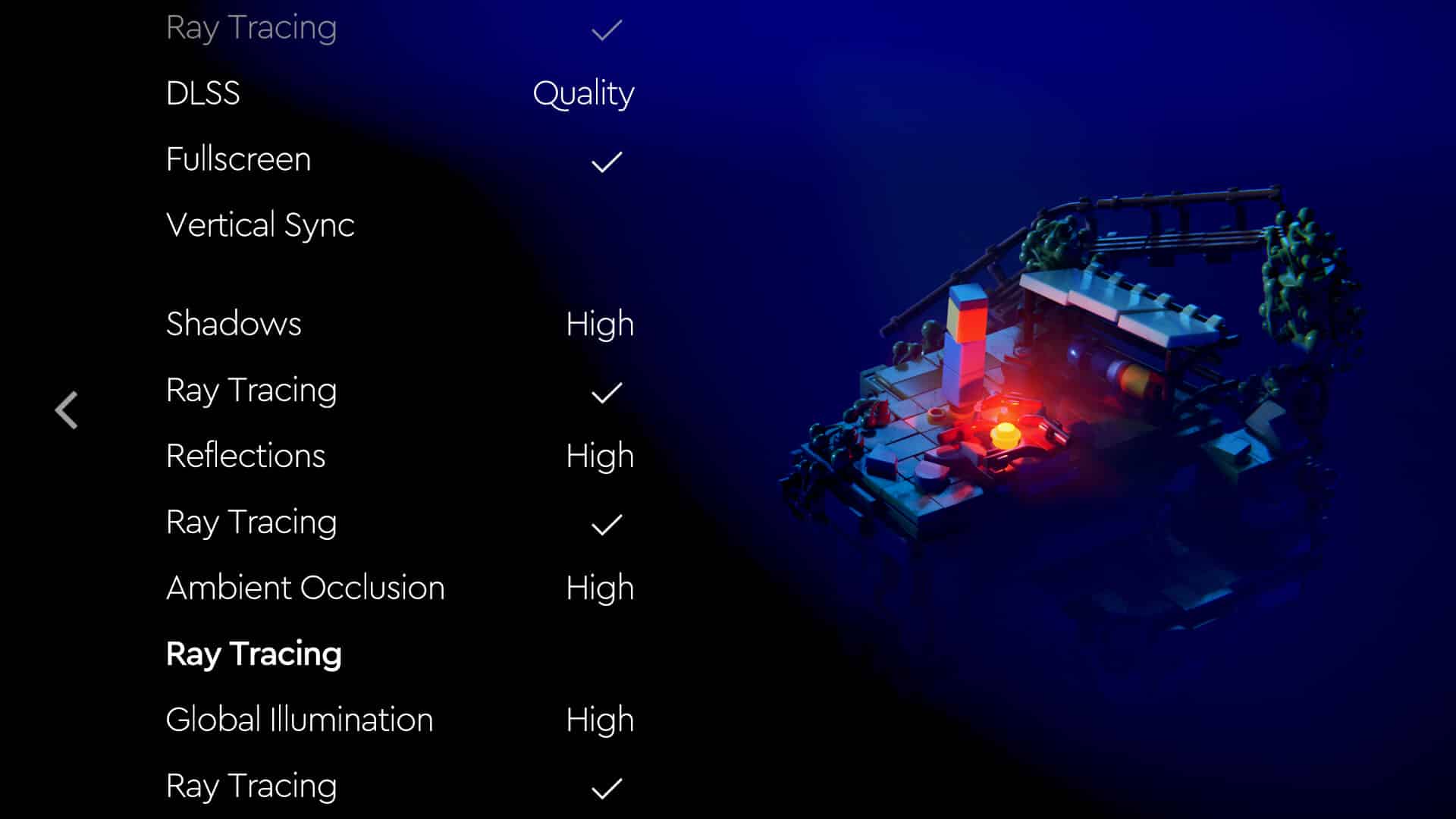
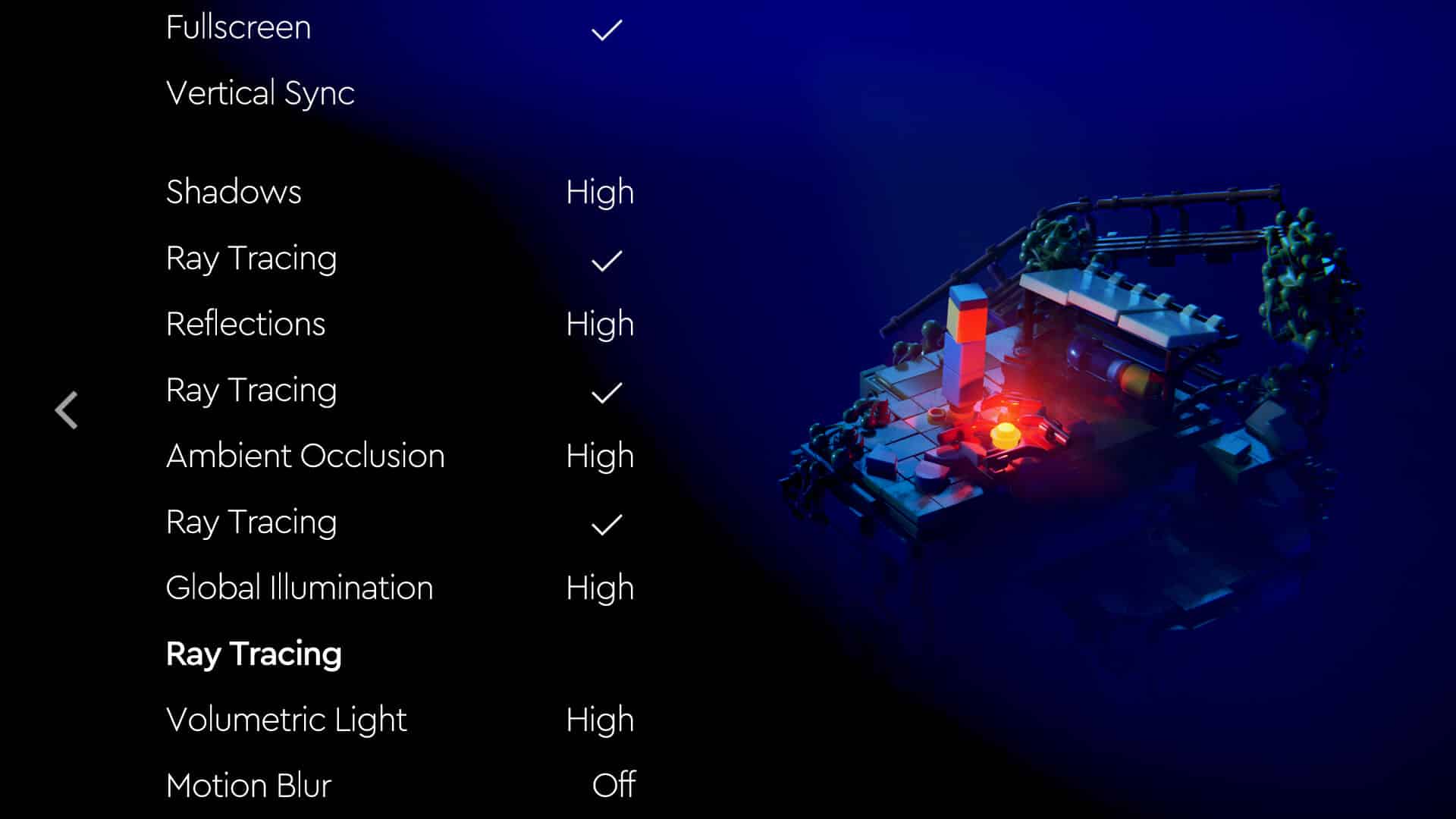
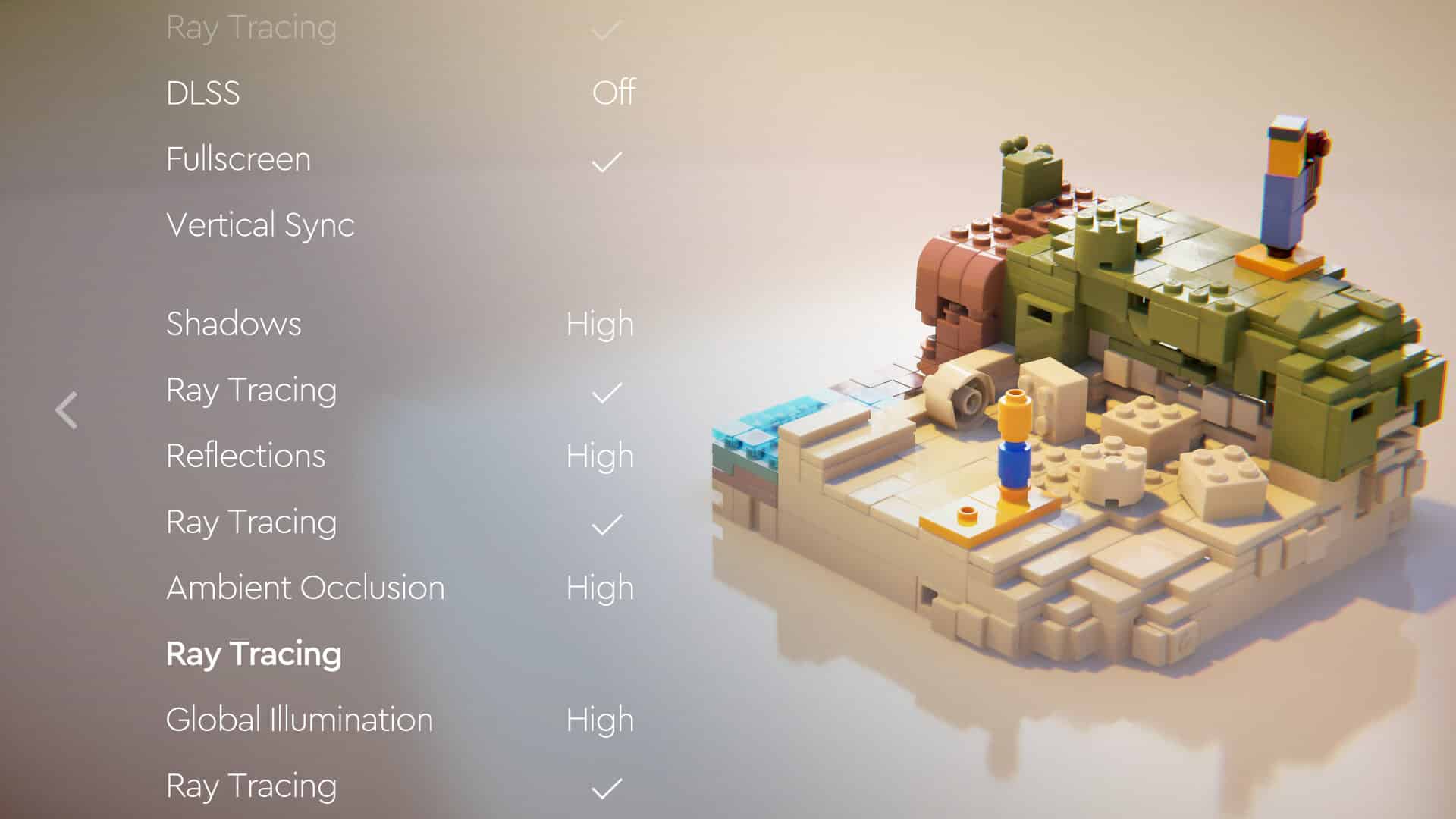
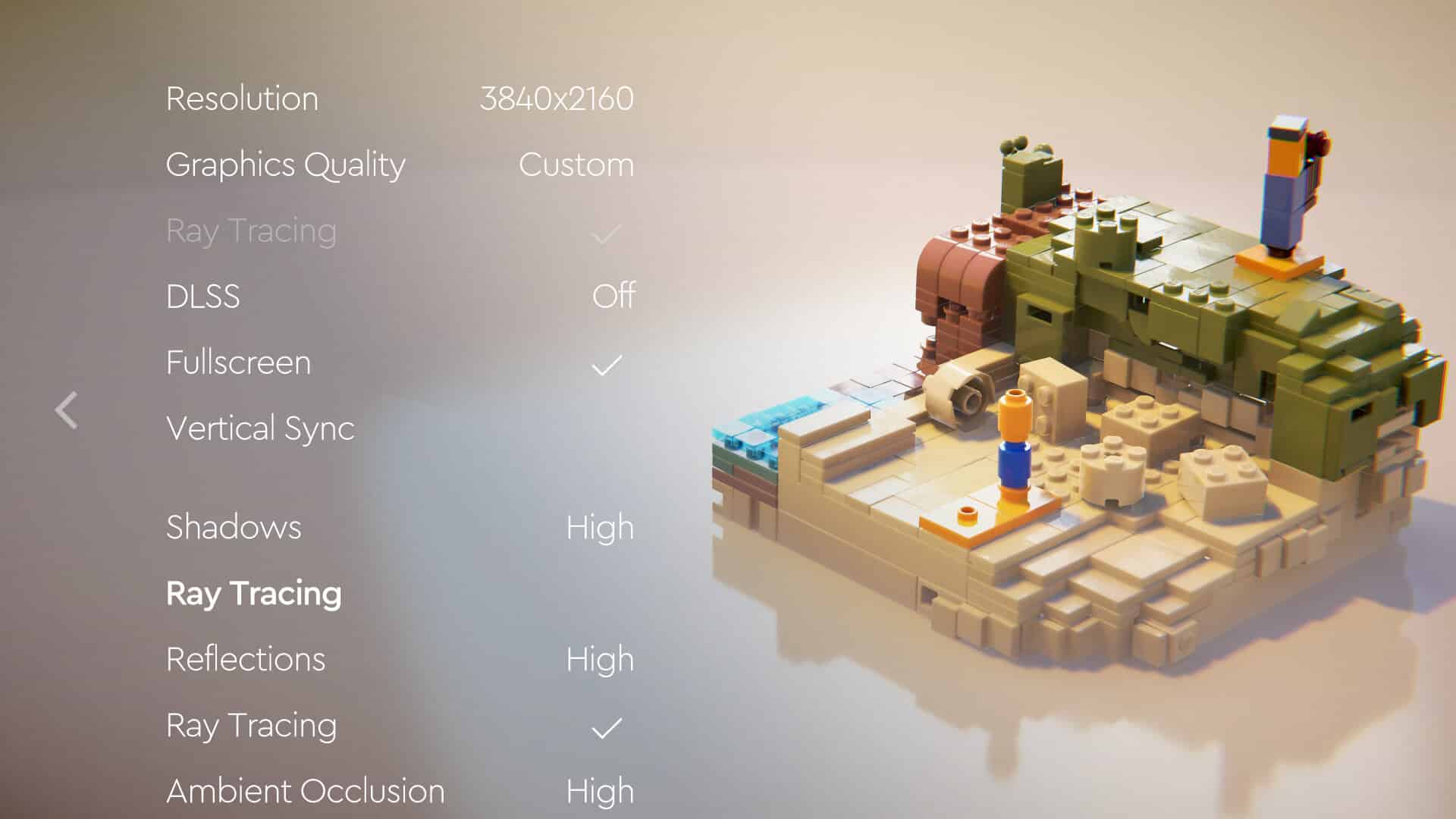









 AMD Radeon RX 9900 XTX to Feature 18432 Cores/288 CUs: Replaces the Shelved 8900 XTX
AMD Radeon RX 9900 XTX to Feature 18432 Cores/288 CUs: Replaces the Shelved 8900 XTX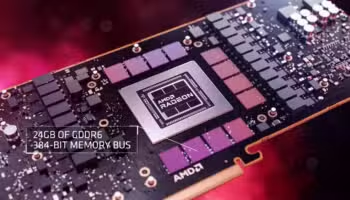 AMD Radeon RX 8900 XTX Specs: 13000+ Cores for the Cancelled RDNA 4 Flagship
AMD Radeon RX 8900 XTX Specs: 13000+ Cores for the Cancelled RDNA 4 Flagship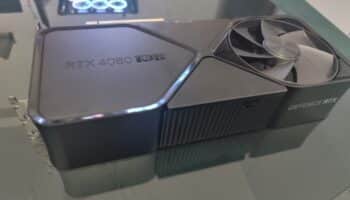 NVIDIA RTX 4080 vs 4080 Super vs 4090: 34 Benchmark Comparisons
NVIDIA RTX 4080 vs 4080 Super vs 4090: 34 Benchmark Comparisons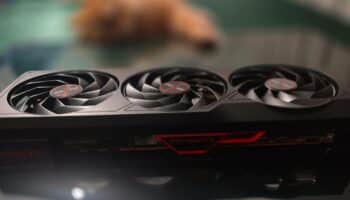 Sapphire Pulse Radeon RX 7900 GRE Review: AMD’s Best in Action
Sapphire Pulse Radeon RX 7900 GRE Review: AMD’s Best in Action